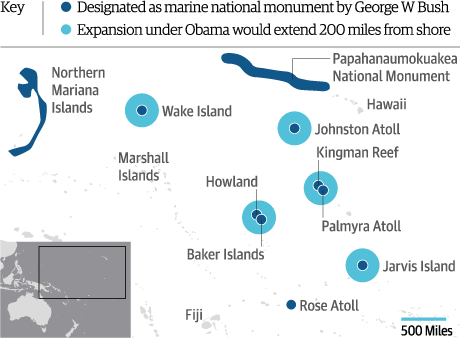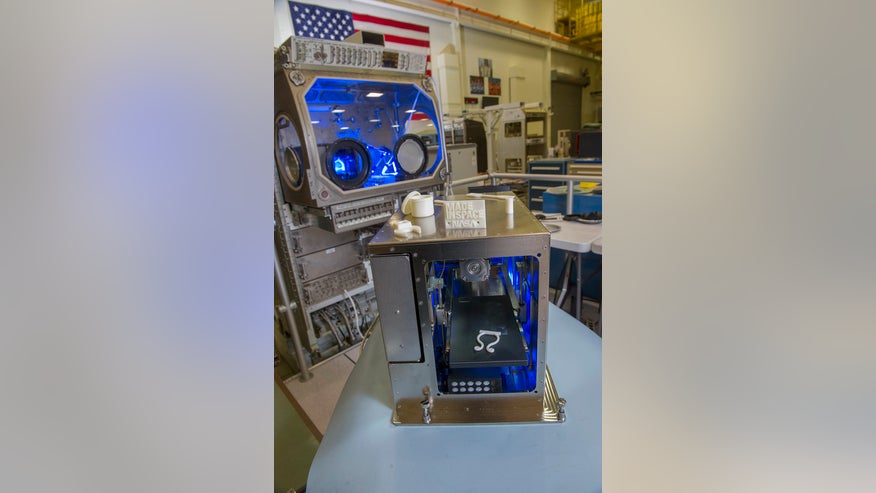 |
| MAGGIE SMITH, NG STAFF. SOURCES: U.S. FISH AND WILDLIFE SERVICE; USGS; MARINE CONSERVATION INSTITUTE |
 |
| Pacific Ocean reserve Photograph: Guim |
Announced
last Thursday, by existing monument around U.S. controlled islands, it will be
the largest marine reserve ever. Acting quickly, for the 12th time
Obama has bypassed Congress and used the Antiquities Act for environmental
protection. It will expand the reserve while some parts are untouched. Three
times the size of California, 6 times it's original, at 490,000 square miles.
Even with the enormous amount of expansion, it is nowhere near the size
of 754,400 square miles that President Obama was hoping for. This will
take effect in January of 2015. Protecting waters near a tiny island state of
Kiribati, one of the last great tuna grounds left in the world.
/cdn3.vox-cdn.com/uploads/chorus_asset/file/930856/Lunar_Walk_Example_2.0.jpg)
/cdn3.vox-cdn.com/uploads/chorus_asset/file/930666/LunarWalk_JD1.0.jpg)

